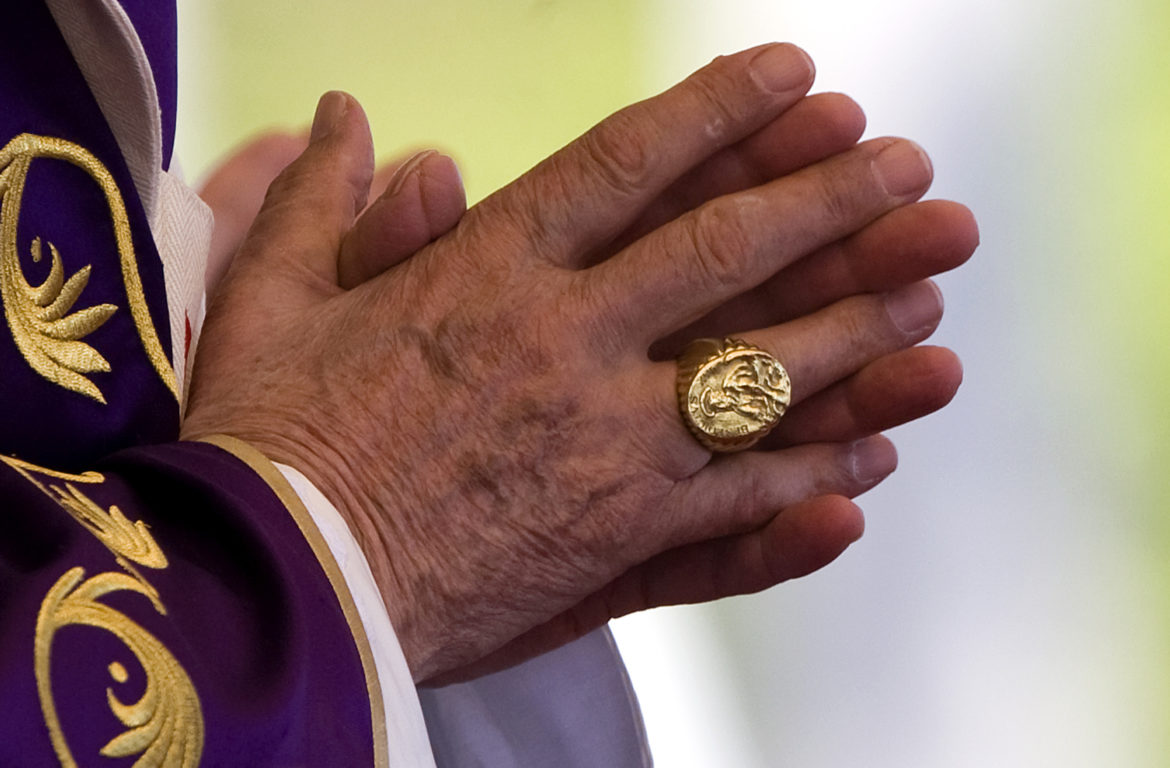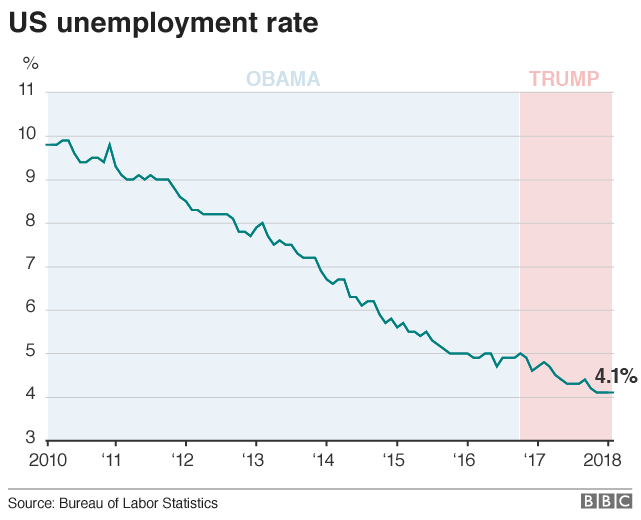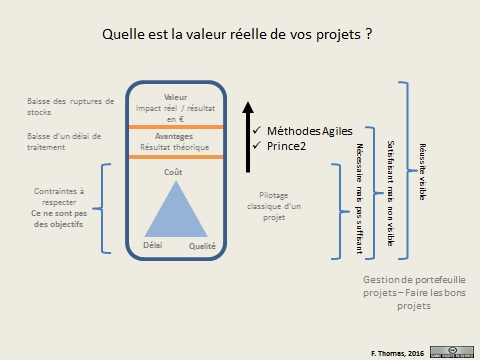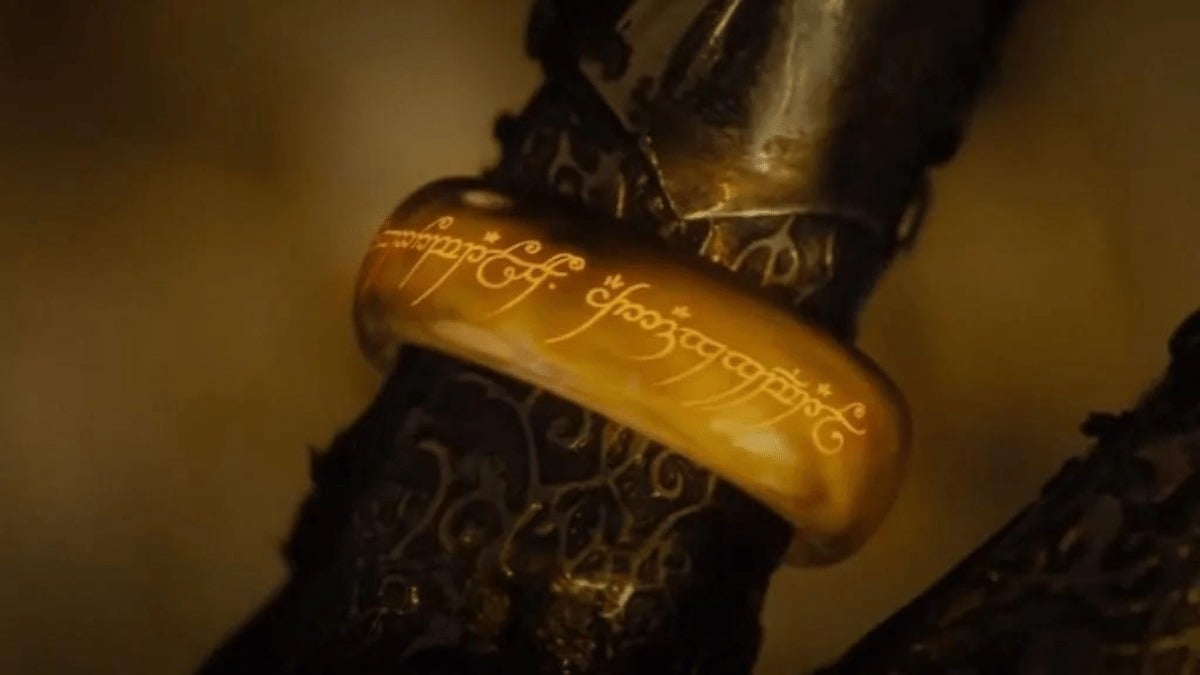After Pope Francis: The Ritual Destruction Of The Papal Ring

Table of Contents
The History and Symbolism of the Fisherman's Ring
The Fisherman's Ring, also known as the Papal ring or Apostolic ring, is far more than a simple piece of jewelry. Its origins are deeply rooted in the symbolism of St. Peter, the first Pope, and his life as a fisherman. The ring typically depicts St. Peter fishing, a powerful image representing the "fishing for men" aspect of the Apostle's ministry.
- Origins: While the precise origin date is uncertain, the use of a Papal signet ring to authenticate official documents dates back centuries. Its use became formalized over time, evolving into the iconic Fisherman's Ring we know today.
- Historical Use: For centuries, the ring served as the official seal of the Pope, used to authenticate papal bulls (official documents) and other important correspondence. This ensured the authenticity of communications from the Holy See.
- Symbolism: The imagery of St. Peter fishing symbolizes the Pope's role as the spiritual shepherd of the flock, guiding and leading the Catholic Church. The ring itself signifies the authority and power vested in the papacy. The ring's design, often incorporating precious stones and metals, further emphasizes its importance and value within the Catholic tradition.
The Ritual of Destruction: A Necessary Tradition?
Following the death of a Pope, the Fisherman's Ring undergoes a specific ritual destruction. This isn't merely a symbolic gesture; it holds practical and theological significance.
- The Process: The Cardinal Camerlengo, the highest-ranking cardinal in the sede vacante (vacancy of the Papal See), oversees the destruction of the ring. The ring is typically crushed or broken, ensuring it cannot be used to forge papal documents.
- Preventing Forgery: The primary reason for the destruction is to prevent any fraudulent use of the Papal seal. Historically, forged papal documents could have significant political and religious implications.
- Symbolic End: The destruction of the ring also acts as a powerful symbolic end to the previous pontificate, signifying the conclusion of that Pope's reign and the commencement of the sede vacante. This visually represents the transition of power and authority within the Church.
The Role of the Camerlengo
The Camerlengo plays a crucial role in this ritual. During the sede vacante, the Camerlengo acts as the head of the Vatican City State, managing its temporal affairs until a new Pope is elected.
- Responsibilities: Their responsibilities extend beyond the destruction of the ring. The Camerlengo ensures the smooth running of the Vatican's administration, preparing for the Papal conclave and the election of a new Pope.
- Importance: The Camerlengo's actions in this period are closely watched, emphasizing the weight of responsibility during this transitional phase in the Catholic Church. Their overseeing of the ring's destruction underlines the solemnity of the occasion.
The Conclave and the Election of a New Pope
The destruction of the Fisherman's Ring is intrinsically linked to the subsequent Papal election. The sede vacante period, governed by the Camerlengo, culminates in the Conclave, where Cardinals gather to elect a new Pope.
- The Conclave: The Conclave is a highly secretive process, with Cardinals sequestered until a new Pope is chosen. The process itself is steeped in tradition and ritual, underscoring the gravity of selecting a new head of the Catholic Church.
- A New Beginning: The election of a new Pope marks the start of a new papacy. A new Fisherman's Ring is created, signifying the commencement of the new pontiff's authority. This cycle of destruction and creation symbolizes the continuity and the enduring nature of the Papacy.
The Future of the Ritual in the Modern Age
While the tradition of destroying the Papal ring remains deeply entrenched in Catholic practice, its future in the modern age warrants consideration.
- Modern Security Measures: In the modern era, sophisticated security measures exist to prevent forgery. This raises questions about the continued necessity of the physical destruction of the ring.
- Maintaining Tradition: However, the symbolic weight of the ritual remains significant. Maintaining the tradition might be seen as a way of preserving a link to the Church's historical past.
- Adapting to Change: Balancing tradition with the realities of the modern world presents a challenge. Perhaps a symbolic alteration to the ritual, while maintaining its core significance, could be considered in the future.
Conclusion: Understanding the Enduring Significance of the Ritual Destruction of the Papal Ring
The Ritual Destruction of the Papal Ring is more than just a ceremony; it's a powerful symbol of the end of one papacy and the beginning of another. Its historical roots, symbolic significance, and the meticulous process involved underscore the enduring importance of tradition within the Catholic Church. The destruction of the ring, overseen by the Camerlengo, signifies the transition of Papal authority and serves as a reminder of the profound impact of the papacy on the world. Learn more about the fascinating Ritual Destruction of the Papal Ring and the rich history of the Papacy, exploring the intricate details of this compelling ceremony and the profound symbolism it embodies. Further research into the history of the Papal ring ritual significance, and the destruction of the Papal ring ceremony will provide a deeper understanding of this significant event within the Catholic Church.

Featured Posts
-
 The Trump Presidency And Economic Growth A Statistical Review
Apr 23, 2025
The Trump Presidency And Economic Growth A Statistical Review
Apr 23, 2025 -
 Ny Yankees Broadcaster Faces Backlash Over Mariners Diss
Apr 23, 2025
Ny Yankees Broadcaster Faces Backlash Over Mariners Diss
Apr 23, 2025 -
 Infotel Une Valeur Ajoutee Reelle Pour Vos Projets
Apr 23, 2025
Infotel Une Valeur Ajoutee Reelle Pour Vos Projets
Apr 23, 2025 -
 Is William Contreras The Key To Brewers Success
Apr 23, 2025
Is William Contreras The Key To Brewers Success
Apr 23, 2025 -
 Understanding The Tradition Why The Popes Ring Is Destroyed
Apr 23, 2025
Understanding The Tradition Why The Popes Ring Is Destroyed
Apr 23, 2025
